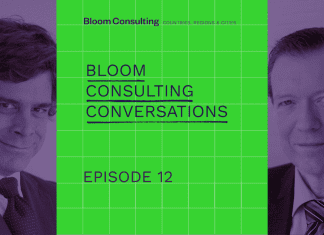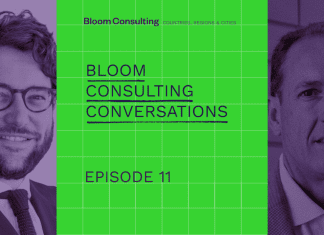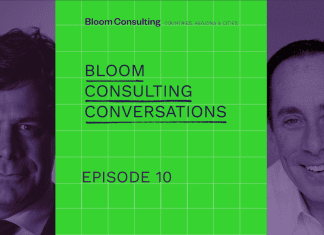A Nation and City Brand’s credibility and longevity depend on far more than creative output: they stem from a systemic approach that involves coordinated efforts across public and private entities. Branding is not owned by a single institution. It is shaped and sustained by governance structures that align diverse actors around a common purpose and Central Idea©. This structural foundation ensures that brand perceptions are built through consistent, long-term actions and policies, rather than isolated marketing tactics.
Join us at City Nation Place Global on November 5th, 2025, where José Filipe Torres and Keith Dinnie will lead a breakout session offering actionable insights into governance strategies for the new era of Nation and City Branding. Expect recommendations for governance models, best-practice examples, and expert guidance to elevate your Place Brand with structure and clarity.
Governance, in this context, is not synonymous with bureaucracy – it is the architecture that aligns people, policies and activities across the dimensions of investment, tourism, talent, exports and national prominence. It defines who leads, who builds, and who delivers. Without governance, even the most compelling Central Idea becomes fragmented in execution.
Governance as a strategic foundation.
Governance is a strategic enabler, not a reactive mechanism. It underpins the implementation of a Nation Brand Strategy by establishing clarity of roles and responsibilities among all relevant stakeholders. It is what elevates Nation Branding from a promotional campaign to a transformative process.
It ensures that every Place Brand touchpoint – whether a public policy, an activation project or a piece of digital content – reinforces the same identity, values and objectives. It also protects the long-term relevance of the brand by anchoring it in institutional structures that outlast political terms or leadership changes.
Bridging Stakeholders, Budgets and Institutions
Successful governance models must integrate – not isolate – all relevant stakeholders. One of the most critical challenges in Nation Branding lies in managing coordination across multiple governmental institutions, each with its own mandates, priorities, and budget allocations.
Bridging institutions means aligning ministries, agencies, public entities and sub-national governments around the Place Brand’s Central Idea. This often requires negotiating shared objectives, co-funding mechanisms, and timelines that respect political, fiscal and operational constraints.
Crucially, governance must also provide a platform for stakeholder engagement, ensuring participation from public institutions, business communities, academia, civil society and diaspora. These actors – brand builders and brand developers – must feel ownership over the Nation Brand and understand their role in building and implementing it.
Governance Models: One size doesn’t fit all.
Governance must be adapted to the political, administrative and social context of each Country Brand or City Brand. Regardless of the model, the goal remains the same: to foster alignment, institutional clarity and resilience, while ensuring that Nation Branding efforts are not derailed by leadership turnover or changing political agendas.
Many Nation and City Brand strategies fail not because of weak ideas, but because of weak governance. When roles are unclear and no structure exists to coordinate stakeholders, the result is fragmentation, conflicting narratives, and ultimately, a brand that fails to deliver. Effective governance doesn’t mean applying a one-size-fits-all model – rather, it requires designing a framework that reflects the country’s or city’s unique institutional realities, political context, and stakeholder landscape. Whether centralized or decentralized, formal or fluid, the model must facilitate alignment, built trust among actors, and enable consistent action guided by the Central Idea. What matters is not the structure itself, but whether it can evolve, empower, and endure.
Key takeaways for Place Brand Managers.
Ask: What governance model is most suitable for the Place’s structure and culture?
Bridge: Align public institutions, budgets, and stakeholder networks under a shared strategy.
Focus: Resist the pull of classical marketing. Align every activity with strategic branding objectives.
Manage: Maintain control over the Place’s Digital Identity using tools such as D2 Digital Supply © and D2 Digital Demand ©.
By embedding governance into the DNA of the Place Brand, countries and cities can move from fragmented promotional efforts to systemic Nation Branding – a process that brings together identity, perception and action into a coherent and credible long-term narrative.
To explore governance frameworks in action, Bloom Consulting invites you to attend a breakout session at City Nation Place Global November 5th, 2025. Led by José Filipe Torres and Keith Dinnie, the session will provide:
- actionable insights into governance strategies tailored for today’s Nation and City Branding landscape;
- recommendations for potential governance models;
- best practice examples.
Visit City Nation Place website for more information.
Cite article: Bloom Consulting (2025). Why Governance Is Essential in Nation and City Branding. Bloom Consulting Journal, 29 October. Available at: https://www.bloom-consulting.com/journal/why-governance-is-essential-in-nation-and-city-branding








